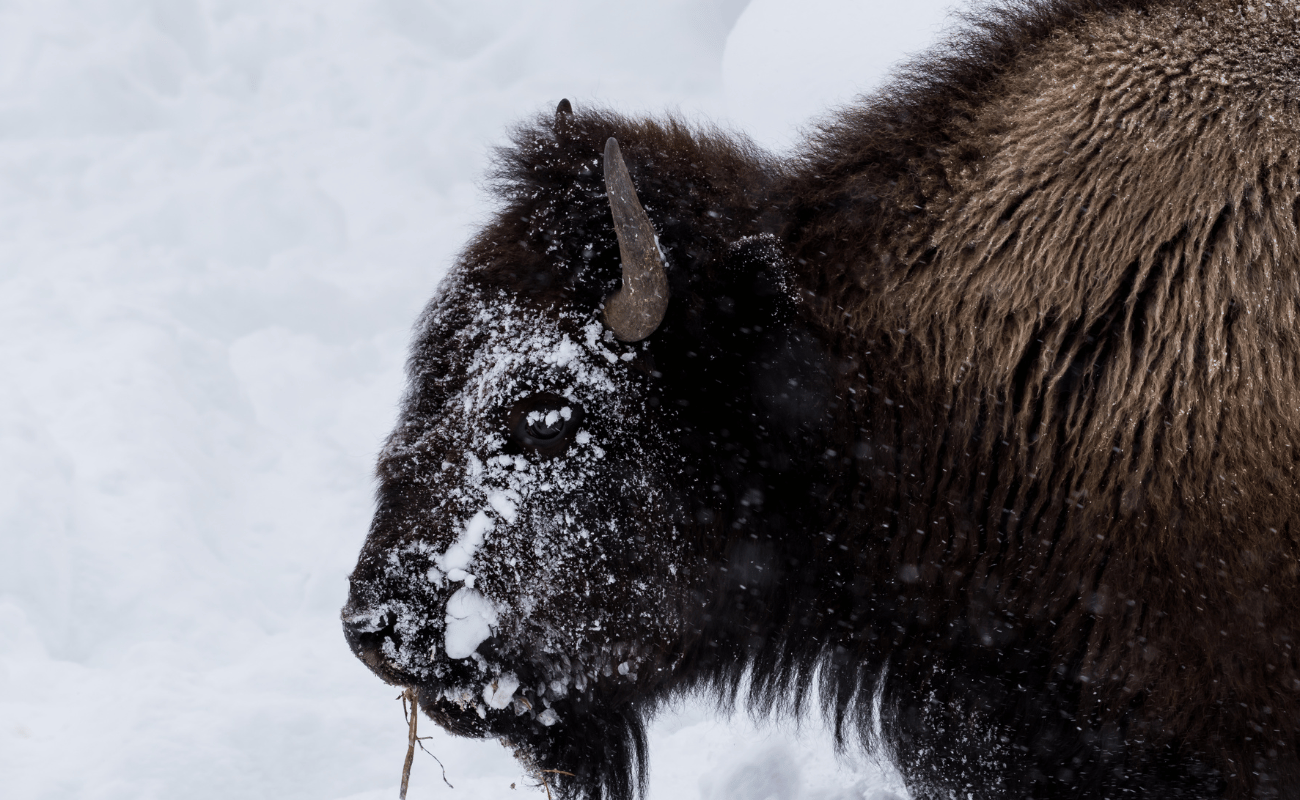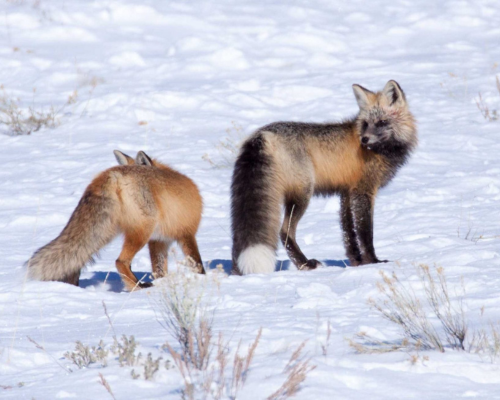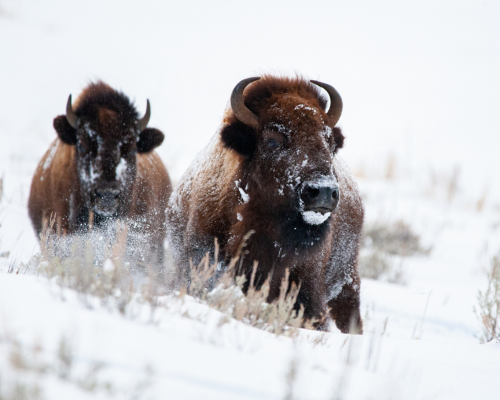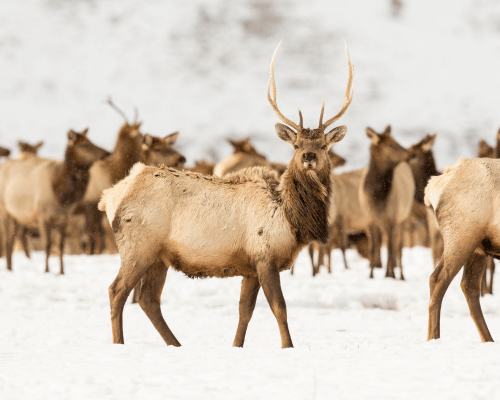The Surprising Adaptations of Tetons’ Wildlife to Extreme Weather Conditions

The wildlife in Grand Teton National Park have developed remarkable adaptations to cope with extreme weather conditions, enabling them to thrive in this challenging environment. Grand Teton wildlife tours provide a unique opportunity to observe these remarkable adaptations up close.
Surviving Harsh Winters
One of the most significant challenges faced by the wildlife in Grand Teton National Park is the harsh winter climate. With temperatures often dropping below zero and snowfall measured in feet, many animals struggle to find food and water. However, these harsh conditions have led to some fascinating adaptations.



Remarkable Wildlife Adaptations in Grand Teton National Park
Thriving in Extreme Weather and High Altitude Environments
Hibernation
Some animals, such as bears and bats, have developed a strategy of hibernation to survive the winter months. Hibernation allows these animals to slow their metabolism and lower their body temperature, conserving energy while waiting for spring to arrive.
Migration
Other animals, such as elk and bison, have adapted to the harsh winters by migrating to lower elevations where food is more abundant. These animals have a remarkable ability to sense changes in weather patterns and will move to where the food is when winter arrives.
Adapting to the Altitude
The high altitude of Grand Teton National Park can also pose challenges for wildlife. With less oxygen available, animals have had to develop unique adaptations to survive.
Lung Capacity
One such adaptation is increased lung capacity. Animals that live at high altitude, such as bighorn sheep and mountain goats, have evolved larger lungs to compensate for the lower oxygen levels. This enables them to extract more oxygen from each breath and survive in the thin mountain air.
Reducing Body Weight
Other animals, such as birds, have adapted by reducing their body weight. By having lighter bodies, they require less oxygen to fly at high altitudes, making it easier for them to find food and avoid predators.
Conclusion
The wildlife in Grand Teton National Park have developed remarkable adaptations to cope with extreme weather conditions and the high altitude environment. Grand Teton wildlife tours provide a unique opportunity to observe these adaptations up close, providing a deeper understanding of the natural world and the creatures that inhabit it.





Wow, it’s fascinating to learn how the wildlife in Tetons have developed such amazing abilities to survive in the harshest weather conditions!